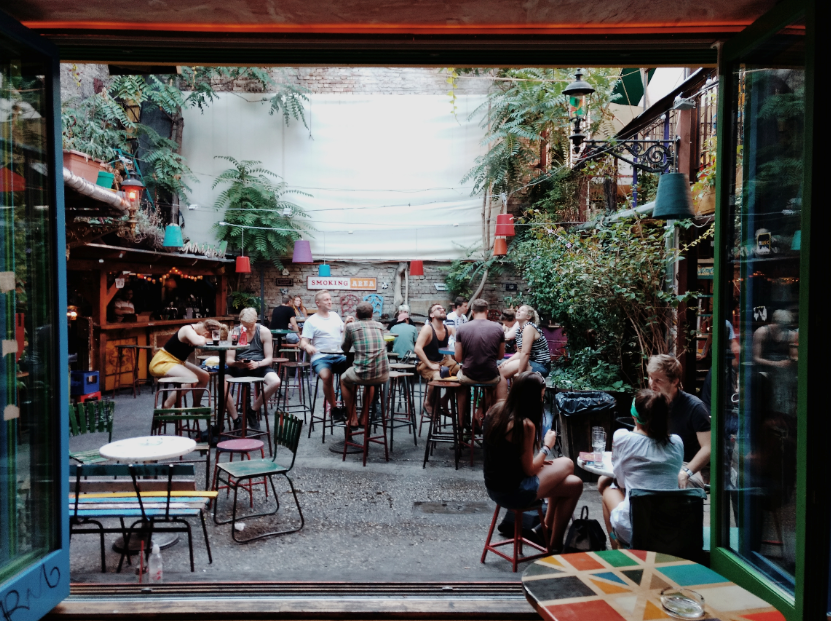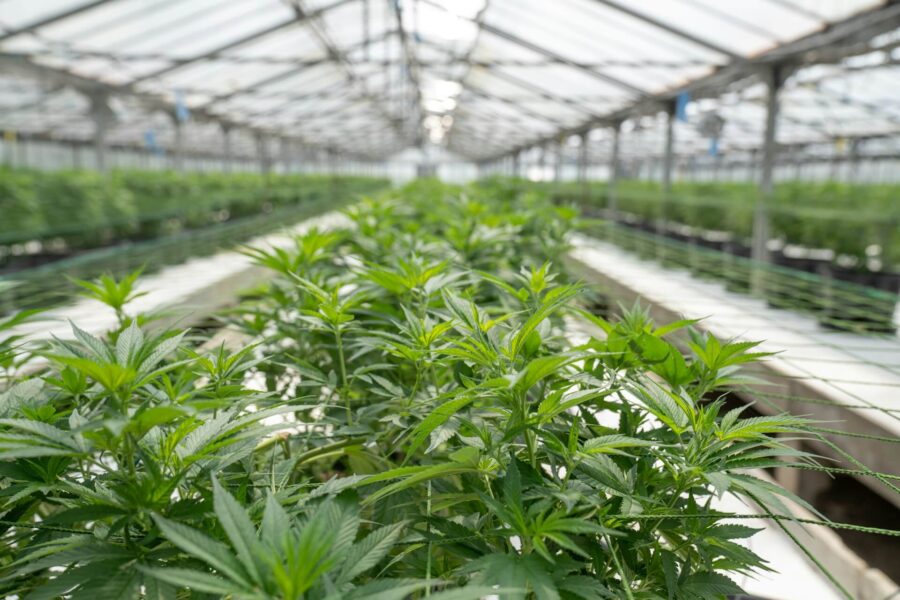In Northern Ireland, pubs and restaurants will be able to reopen from 3 July, and in England from 4 July. In Scotland, beer gardens and outdoor restaurants will be allowed to reopen from 6 July, and pubs and restaurants will be allowed to use indoor areas from 15 July. In Wales, Some pubs, bars, cafes and restaurants in Wales should be able to reopen outdoors from 13 July.
Employers in this sector will need to prepare for the reopening of their workplaces by ensuring that they take all reasonable steps to protect their workers. This includes complying with existing health and safety, employment, and equality laws as well as the government guidance on Covid-19.
Here are some things to remember to keep your customers, staff, venue, and food safe.
Customers
- Calculate the maximum number of customers that can be accommodated whilst complying with the relevant social distancing guidelines.
- Reconfigure seating arrangements to maintain a two-metre distance between customers, ensuring that these can be maintained during poor weather when outside spaces may not be usable.
- Lower the capacity of customers within your location. Even if it is possible to safely seat a number of people at a two-metre distance within your venue, it might not be safe for them to enter or exit the venue.
- Encourage customers to pre order and take away food rather than sitting inside the venue so as to avoid unnecessary contact. Where possible implement designated collection and delivery points. If customers do come to your venue, table service is mandatory.
- Have a system in place for staff to take customers’ details, to facilitate contact tracing if another customer tests positive for the virus.
- Reduce the need for queuing and use outside spaces where queuing is unavoidable.
- Encourage customers to use hand sanitiser or hand washing facilities as they enter the venue.
Staff
- Implement shift patterns so as to reduce the number of staff in the venue at any one time and to stagger arrival and departure times.
- Reducing the number of people each person has contact with by using fixed teams or partnering.
- Minimise contact between the front of house workers and customers and keep any interaction time as short as possible.
- Provide handwashing facilities, or hand sanitiser where not possible, at entry and exit points and request staff to change into work uniforms on site using appropriate facilities/changing areas.
- Use screens or barriers to separate workers from each other and workers from customers at points of service.
- Use markings to remind staff to adhere to social distancing rules.
- Introduce more one-way flow routes via signage for staff to follow.
Service
- Use outdoor areas for service where possible.
- Encourage the use of contactless payment.
- Adjust processes to prevent customers from congregating at points of service.
- Minimise contact between kitchen workers and front of house workers, delivery drivers and riders.
- Assign working areas to an individual where possible. Shared areas should be shared by the fewest possible people.
Venue
- Keep all areas safe with increased cleaning. Reduce the time spent in reception as much as possible and consider the addition of screens between guests and staff.
- Ensure any changes to entrances, exits and queue management consider reasonable adjustments for disabled customers.
- Provide clear guidance on social distancing, including the 2 household rule, and hygiene to people on or before arrival via signs, phone, website, email etc.
- Consider making hand sanitiser available on entry to the toilets where safe and practical.
- Keep venues well ventilated.
Food preparation areas
- Reduce access to the kitchen to only essential staff.
- Minimise contact at ‘handover’ points with other staff members.
- Minimise access to walk in pantries, fridges, and freezers.
- Remind staff to wash hands thoroughly and frequently.
- Familiarise yourself with the government guidance on managing and preparing food.




